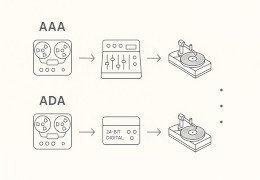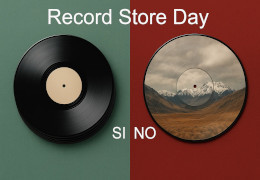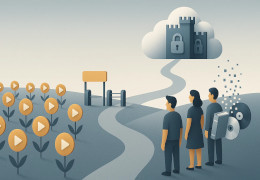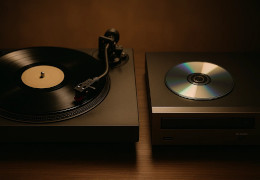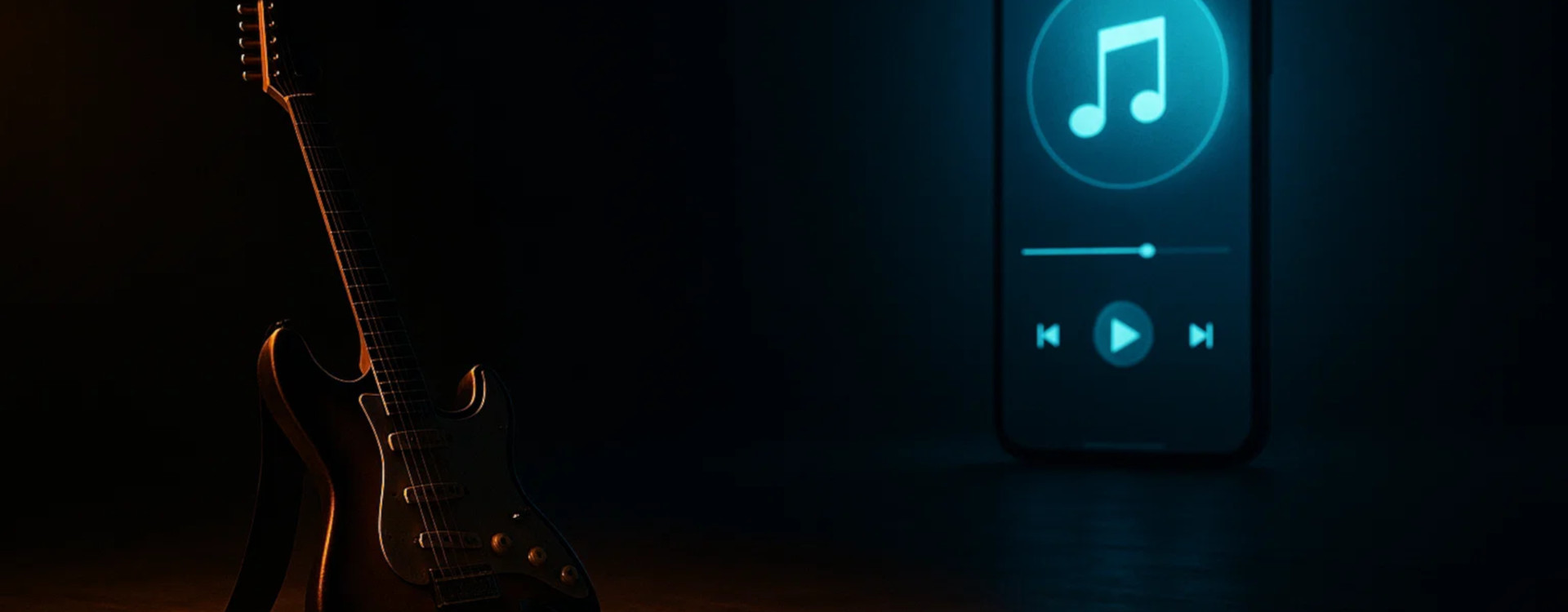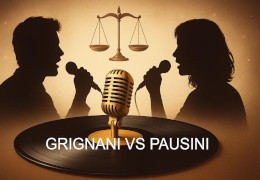The Decline of the Guitar: Why It No Longer Dominates Contemporary Music
A detailed and accessible analysis of the decline of the guitar in songs over recent decades, exploring cultural, technological, and market-driven reasons.
Introduction
For decades, the guitar was the very symbol of popular music. An instrument of rebellion, freedom, and creativity, it defined entire genres: from rock to folk, from blues to pop. In recent decades, however, its central role has faded. Today, global charts are dominated by digital sounds, electronic beats, and voices shaped by software, while the six strings are losing visibility.
🎸 The Golden Age of the Guitar
From the mid-20th century up to the 1990s, the guitar was the main protagonist. Icons like Jimi Hendrix, Eric Clapton, Jimmy Page, Keith Richards, and Eddie Van Halen made the guitar a synonym of musical identity. In Italy, artists such as Pino Daniele, Francesco De Gregori, and Lucio Battisti placed the guitar at the heart of their songs.
📉 Reasons for the Decline
Starting in the 2000s, several factors reduced the guitar’s role in mainstream music:
- Electronic dominance: synthesizers, drum machines, and software replaced the complexity of real instruments.
- New aesthetics: trap, pop, and reggaeton don’t need the guitar as an identity marker.
- Record industry logic: tracks must be short, immediate, and streaming-friendly. Guitar solos don’t fit this model.
- Cost and accessibility: learning guitar takes time; a beat can be made in minutes on a laptop.
💻 Digital Culture and New Aesthetics
The rise of streaming platforms and social media like TikTok has transformed the way music is composed and consumed. Listeners’ attention spans are shorter, tracks are quicker and more homogeneous. The guitar, once a symbol of personal expression, now feels “slow” and out of place in a world driven by repetitive beats and vocal hooks.
✨ The Exceptions That Survive
Despite the decline, the guitar has not disappeared. There are still contemporary artists who keep it alive:
- Alternative rock and indie, which bring guitars back to stand apart from the mainstream.
- Jazz and blues, where the six strings maintain their identity role.
- Acoustic music, increasingly valued as a counter-movement to electronic soundscapes.
Even the vinyl market and live concerts prove there is still an audience hungry for authentic, guitar-driven experiences.
🔚 Conclusion
The guitar may have lost its central role in the charts, but not in our collective memory. Its decline is the symptom of a broader cultural shift: speed and standardization have replaced depth and experimentation. Yet for this very reason, the guitar can once again become a symbol of authenticity, for those who seek in music not just entertainment but identity and emotion.
📖 Quick Glossary
- Solo
- A part of a track where the guitar (or another instrument) plays in the foreground, showcasing skill and expression.
- Beat
- The rhythmic electronic base dominating contemporary music, often created on a computer.
- Streaming
- Online music consumption (Spotify, Apple Music) that favors short, instant tracks.
- Trap
- A genre born in the US and spread globally, based on electronic beats, rap lyrics, and the absence of traditional instruments like guitar.

